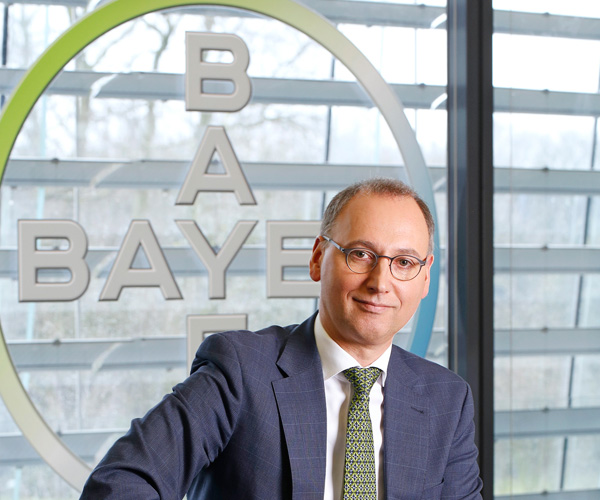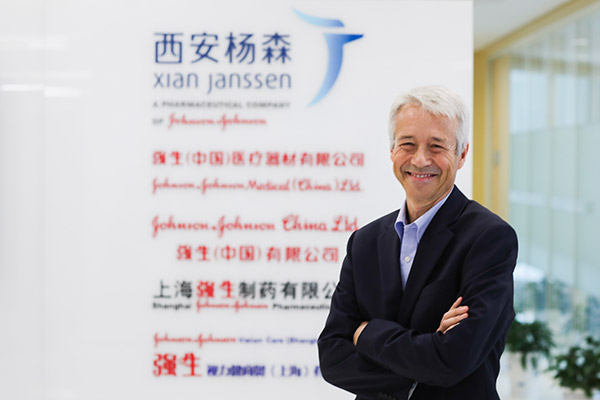Never a better time for innovations in China
SHINE2017-10-19 14:05:07

SPD Silicon Valley Bank (SSVB) is a joint venture between Shanghai Pudong Development Bank and US-based Silicon Valley Bank that serves the technology and innovation start-ups in China.
David A. Jones, President of Silicon Valley Bank Asia and SSVB, the first Sino-US joint banking venture, moved to Shanghai in 2013 to guide the bank in its dealings with innovation companies of all sizes as well as help build the innovation ecosystem in China.
Q: SSVB aims to create an innovation ecosystem. Could you please elaborate on this?
A: We usually bring CEOs with similar issues together in a start-ups community, where the “big brothers” are delighted to share their experience and expertise with the younger entrepreneurs so that they can avoid making mistakes. I was once an entrepreneur and I know what failure tastes like.
CEOs with similar issues do not have to come from the same industry. CEOs of the start-ups need advice and they should be able to balance out different ideas.
You see, our so-called “innovation ecosystem” is much more like a “solutions pool” actually. In this ecosystem, people are really very giving and beneficiaries have great appreciation for such kind of sharing.
Q: Based on your experience, what kind of help and resources do the innovation companies need most?
A: Capital is the least thing they need, which does not mean capital is not important. At SSVB, we bring different pieces together and introduce the target venture capital, private equities or other professionals to those companies. That is what we are trying to do here in China.
Our ability goes beyond lending loans to them. We put the right information in front of the right people and build up the thought leadership. By leveraging our own network in the innovation ecosystem, we make endeavors to help start-ups grow and increase their probability of success.
Q: Could you please walk me through the typical process once a start-up approaches you?
A: When I meet the CEOs of the start-ups, all I try to figure out is whether their companies are innovative or old economies. We will hear their description of their business models, and then make a judgment of whether it meets our criteria for innovation or not.
Before lending to them, I will talk about their latest investment, ask them how much money they have raised and what kinds of issues they have met.
We only focus on the innovative companies and we do not bet on any other industries.
However, we do meet people who are not really entrepreneurs all the time. Here I would like to share one example with you. Recently, I spent a nice morning with a company which makes electric motors. I asked its CEO to take me on a tour around its facilities. When I learned that they had modified their motors for 25 years, I realized that this company could not be called an innovative company by any means. There is no such thing as 25 years of innovation.
The great thing in China now is that it has many, many innovations and the bad thing is that not all of those on the list of innovative companies are real innovators.
Q: What is your evaluation of the current business and funding environment for the entrepreneurs? Any predictions for 2018?
A: In my vision, there could never be a better time in China for innovations. I learned from a recent report that there has been a total of US$10.8 billion equivalent investment on Chinese innovative companies during the first half of 2017.
And I am a firm believer that this trend will carry on throughout in 2018 as the government has rolled out a slew of preferential policies to boost the innovative economy.






